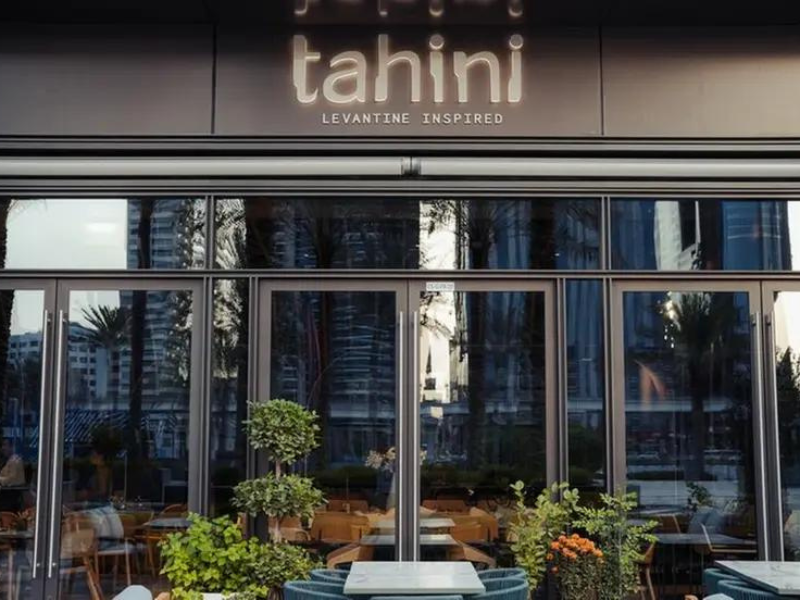Oriental cuisine is gaining momentum by redefining the concept of soft power and modernising the traditional notion of Pan-Asianism through food. Asian food is the fastest growing cuisine around the globe. A particular analysis states that over the last 25 years, Asian QSR sales have grown at a rate of about 135%, and in 2026, the category is expected to rise at a CAGR of 11.8%.
This popularity can be attributed to a larger trend towards international cuisine, which was spurred by the COVID-19 pandemic and younger customers’ expanding diverse palates and increased desire for unique and engaging eating experiences.
Chinese food became the dominant category in the market in 2022. It is well-known for its wide variety of regional cuisines, which include Beijing, Cantonese, and Sichuan cuisine. India wasn’t far behind in bringing its distinct spice flavour to other countries. Japan, South Korea, Thailand, Indonesia are leading the way in offering delicious and diverse culinary experiences.
A number of industries, including restaurants, food products, and Asian ingredients, have grown in popularity in America. Asian food, with its rainbow of flavours and regional peculiarities, is helping Middle Eastern nations embrace diversity and readily bridge gaps between populations.

The Flavoursome Ascent of Asian Cuisine
Some of the world’s biggest and fastest-growing economies, including those of China, India, Japan, and South Korea, are found in the Asia-Pacific area. The region is growing as a result of consumers’ shifting nutritional habits, increased disposable incomes, and the growing demand for convenience meals brought on by busy lifestyles. For businesses in the Asia cuisine industry, the region’s huge and expanding middle class has also generated a sizable market opportunity.
Around the world, the popularity of Chinese cuisine has always played a major role in controlling the concept of “Pan Asianism,” an ideology that seeks to strengthen Asian unity among Asian nations while posing a serious threat to Western powers in both the political and economic spheres. India is the country that has pioneered gastronomic cultural fusion. With a blend of Indo-Sino spices and preparation, Indian Chinese food has a different flavour profile from traditional Chinese cuisine, yet it nevertheless appeals to Indians’ palates for spicy and saucy food. India is dominating the food palate with its diverse and multifaceted spice range, with each region offering its own unique culinary traditions. Butter chicken and Biryani has won hearts of the people worldwide.
In addition to having an impact on globalisation, this type of cultural hybridization is producing a distinct kind of “cross-cultural communication.” Taking into account that other Asian nations, such as Thailand, South Korea, Indonesia, Malaysia, and Singapore, which have been influenced by the widespread appeal of Chinese food, are also depending on this element to establish positive international relations with their neighbours, particularly by utilising the idea of soft power as a catalyst to boost their national economies through gastronomy.
The Korean cuisine brand flourished thanks to the massive viewing of K-dramas on Netflix and the developing Hallyu trend through K-pop. People began to favour the foods that were frequently featured in dramas. Dishes like Soups, Japchae, Kimchi, Bibimbap started becoming a delicacy around the globe. This intriguing desire for a Korean culture is providing a significant interrelation between Korea and the world.
The spicy nature of many Asian dishes is well-known, and customers seem to be addicted to them. In order to meet customer demand for fiery foods, marketers are looking to Asian cuisine for innovative ingredients and flavours as consumer tastes shift towards hotter menu items. Sichuan, mala, and sriracha are examples of regional Asian flavours with a strong chilli foundation that offer unrealized potential for developing distinctive new flavour profiles that satisfy customers’ cravings for heat. The strong garlicky umami profile of the chilli-based flavours goes nicely with savoury dishes like Thai curry, Japanese teriyaki, and Korean BBQ.

Image taken from https://hot-thai-kitchen.com/
Thai food has made a huge impact on big cities in the US and Europe. The usage of fresh herbs prominently lemongrass, mint, galangal is customary among the Thai chefs that deliver an added flavour to the food. In the present generation of social media, Thai food with its photogenic traits is becoming one of the most desirable cuisines by the food bloggers these days. Thai food is prepared either by stir- frying or steaming both which are substantially nutritious. The Thai government is successful in globalising their national food “Pad Thai” which has five different flavours and gains a lot of international attention by emerging as the most delicious food on the planet. Pad Thai’s remarkable global sales can be attributed to its rich history and the Thai people’s strong sense of patriotism. Thailand took a massive step forward by coordinating the ASEAN Gastronomy Network (AGN) that made the Thai food chain gain even more popularity among the global masses.
Japan is a prominent player in the market, renowned for its accuracy, refinement, and exquisite taste. In many nations, sushi has become a national dish, and sushi bars and restaurants can be found everywhere. Fresh sashimi and delicious ramen noodles are just two examples of the many flavours that make Japanese food appealing to people all over the world.

Image taken from https://www.seriouseats.com/
Although Malaysian cuisine is not well-known worldwide, its fusion with Chinese and Indian cuisine is becoming more and more well-liked. A crucial component in Malay cooking is the use of coconut. Lastly, the spicy and herbal flavour of Indonesia’s well-known dish “Nasi Goreng” has made it popular throughout the world.

Key Factors Driving the Success of Asian Cuisine
Diverse Flavours: Asian cuisine offers a diverse range of flavours, from spicy and tangy to sweet and savoury, appealing to a wide audience with different taste preferences.
Healthy Ingredients: Many Asian dishes are made with fresh ingredients such as vegetables, seafood, and spices, herbs, making them a healthier choice for health-conscious consumers.
Cultural Influence: Many Asian cuisines are prepared in tandem as per the famous proverb of Hippocrates, “Let food be thy medicine and medicine be thy food”. It reflects the rich cultural heritage of various Asian countries, making it an intriguing and exotic culinary experience for food enthusiasts.

Social Media Influence: The rise of social media platforms has helped popularise Asian cuisine through visually appealing food photos and videos, attracting a new generation of foodies.

Riding the wave
The need for a wider variety of tasty food options is reflected in the growing size and proportion of the Asian cuisine market worldwide. Asian cuisine has established itself as a mainstay in the global food industry thanks to its distinct tastes, wholesome ingredients, and cultural influences. Whether you’re a fan of spicy Szechuan dishes or refreshing sushi rolls, Asian cuisine offers something for everyone to enjoy.
Interested to read more articles on Asian cuisine and other recipes? You can also read blogs on companies manufacturing food products by visiting these web pages:
Top 10 trends in the global healthy food and beverage industry
Nectar of Life: Going Vegan and Adapting Lifestyle Sans Dairy Products
Exploring Exotic Flavours: Plant-Based Culinary Adventures around the Globe






































